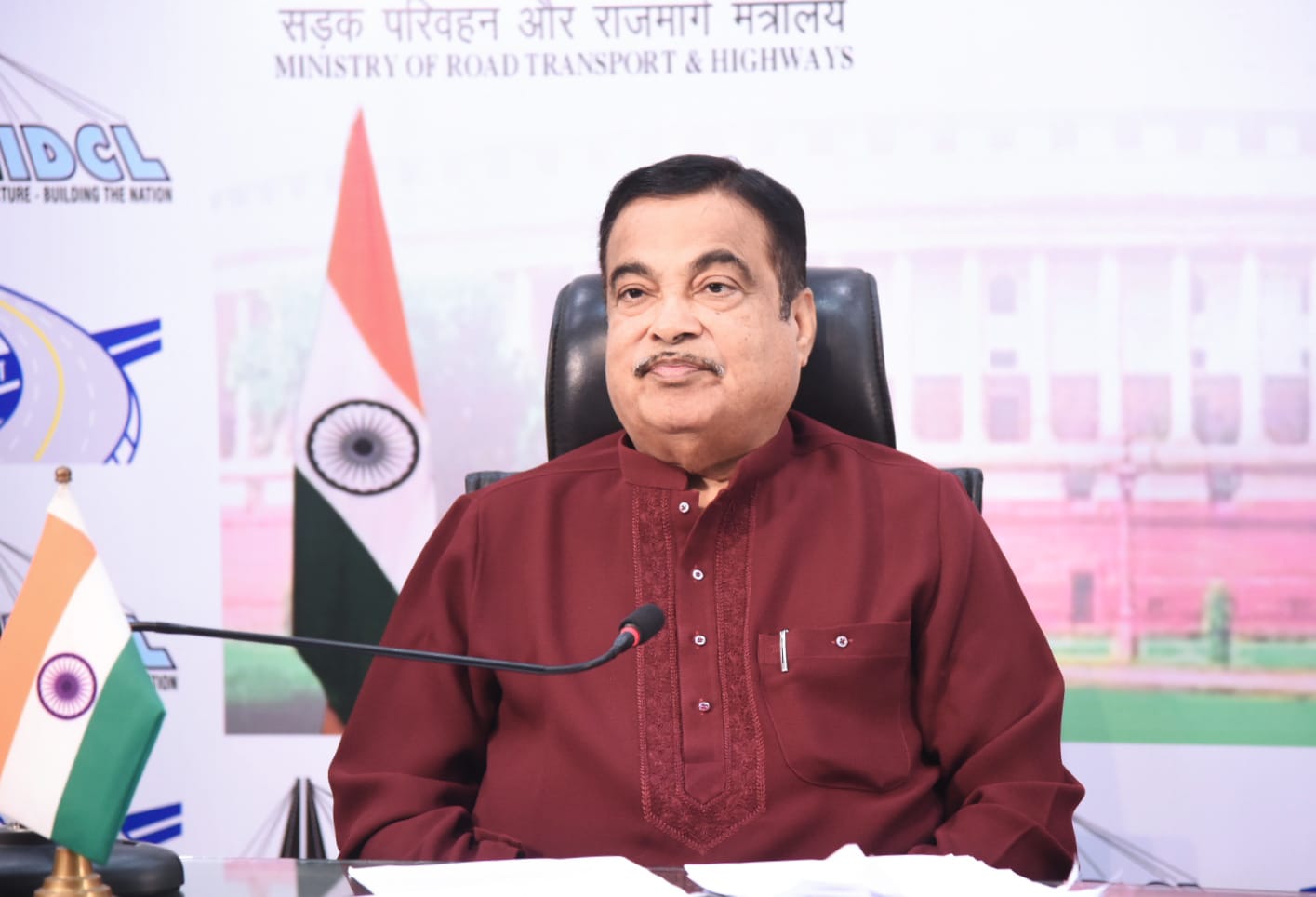
MoRTH proposes to construct high-speed National Highway corridors and increase average speed to 85 kmph
NEW DELHI : Big network of high-speed highway corridors soon! (MoRTH)The Ministry of Road Transport and Highways has put forward a proposal to construct and expand approximately 41,000 km of national highways. This ambitious plan includes the development of 15,000 km of high-speed corridors, which will be controlled-access routes. The target for completion is set for the fiscal year 2031-32, and it is estimated that an investment of Rs 19.5 lakh crore will be required.
To implement this proposal, the first phase of the master plan for highway development will be initiated, with projects being put up for bidding by 2028-29. The construction will subsequently be completed by 2031-32. Once this extensive road network is in place, it is expected that the average travel speed on the national highways will nearly double, increasing from the current 47 kmph to 85 kmph.
Shri Nitin Gadkari, the Minister for Road Transport and Highways, has in the past hinted that the speed limits on national highways may go up to ensure that commuters can enjoy faster transit.
In comparison to other countries, the average travel speed on highways in the United States exceeds 100 kmph, while in China it is around 90 kmph. By raising the average speed, the Indian government aims to achieve its target of reducing logistics costs to 9-10% of the GDP. Currently, these costs account for approximately 18% of the GDP.
To ensure accessibility and alleviate congestion in and around cities and urban areas, the ministry has already identified specific high-speed corridors. These corridors are strategically located within a range of 100-150 km from any part of India.
The ministry’s assessment indicates that India will ultimately require approximately 50,000 km of high-speed corridors. Currently, only 3,900 km of such corridors are operational, but this figure is expected to reach around 11,000 km by 2026-27.
A source from the ministry told that recognizing this significant gap, new high-speed corridors spanning 36,500 km have been identified to address congestion. Over the next two decades, the focus will mainly be on constructing four and six-lane highways.
